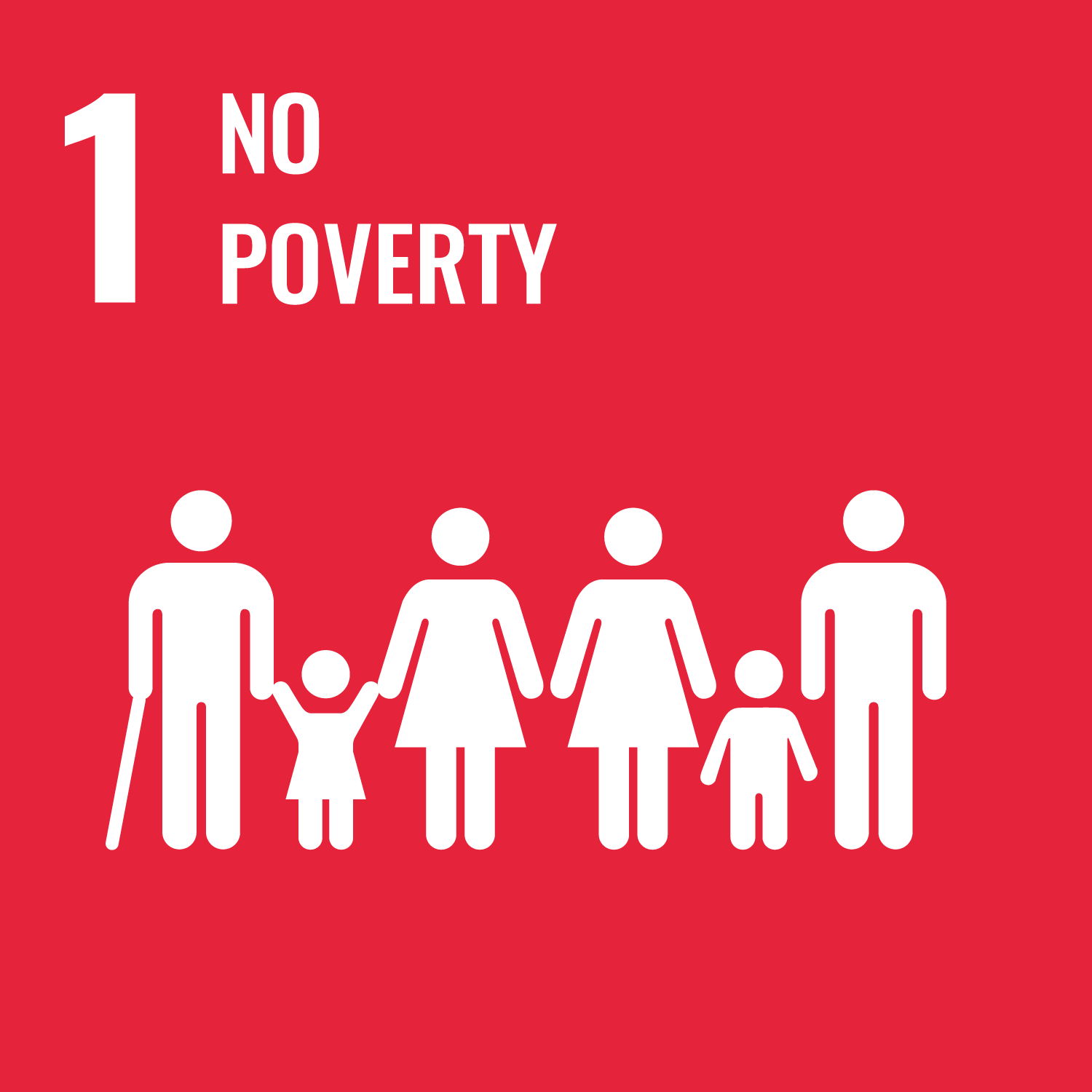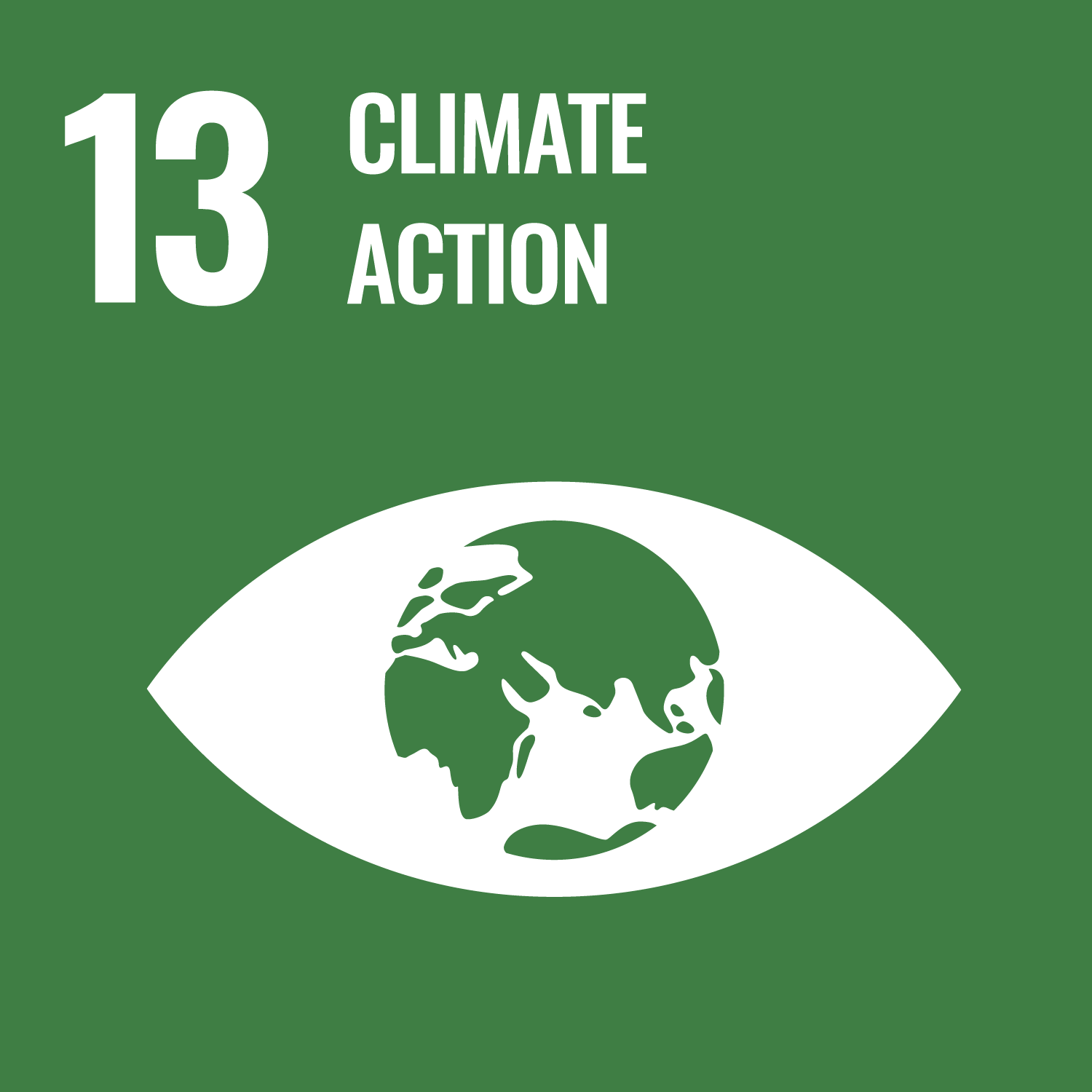

Multiplying Seeds, Securing Harvests, Ensuring Food Security!
SAH is a low-cost licensed technology designed for mass multiplication of yam through leaf nodal cuttings, which are grown in a sterile planting medium such as peat moss, decomposed sawdust, rice husk, or cocopeat. These cuttings are placed in transparent plastic containers under controlled conditions, where they develop roots, shoots, and eventually tubers.
This technology is pre-validated.
The poor: Positive high
The high yield encourages farmers
Under 18: Positive medium
Youths are encouraged to embrace farming at a very tender age
Climate adaptability: Highly adaptable
It works in diverse agro-ecology
Farmer climate change readiness: Significant improvement
Its adapted to different climate change
Biodiversity: Positive impact on biodiversity
It aids germplasm distribution thus enhances genetic biodiversity
Environmental health: Greatly improves environmental health
It improve environmental health by absorbing carbon
Water use: A bit less water used
It does not require much water
Semi-Autotrophic Hydroponics (SAH) for Yam Production
This technology addresses the lack of adequate seed yam production by offering a cost-effective, scalable solution for year-round seed multiplication. With the ability to produce 1 million plants within 60 square meters, it can significantly reduce seed costs, which currently account for up to 50% of yam production costs. The technology benefits both seed companies and farmers, promoting sustainable food security and economic growth.
To integrate this technology into your project, create a list of project activities and prerequisites:
Construction or acquisition of the fixed assets
Labor cost in West Africa per year
Laboratory setup including shelving
Consumables (Substrates, plastic box, nutrients and non-consumables and maintenance)
Open source / open access
Scaling Readiness describes how complete a technology’s development is and its ability to be scaled. It produces a score that measures a technology’s readiness along two axes: the level of maturity of the idea itself, and the level to which the technology has been used so far.
Each axis goes from 0 to 9 where 9 is the “ready-to-scale” status. For each technology profile in the e-catalogs we have documented the scaling readiness status from evidence given by the technology providers. The e-catalogs only showcase technologies for which the scaling readiness score is at least 8 for maturity of the idea and 7 for the level of use.
The graph below represents visually the scaling readiness status for this technology, you can see the label of each level by hovering your mouse cursor on the number.
Read more about scaling readiness ›
Uncontrolled environment: validated
Common use by projects NOT connected to technology provider
| Maturity of the idea | Level of use | |||||||||
| 9 | ||||||||||
| 8 | ||||||||||
| 7 | ||||||||||
| 6 | ||||||||||
| 5 | ||||||||||
| 4 | ||||||||||
| 3 | ||||||||||
| 2 | ||||||||||
| 1 | ||||||||||
| 1 | 2 | 3 | 4 | 5 | 6 | 7 | 8 | 9 | ||
| Country | Testing ongoing | Tested | Adopted |
|---|---|---|---|
| Benin | –No ongoing testing | Tested | Adopted |
| Côte d’Ivoire | –No ongoing testing | Tested | Adopted |
| Ghana | –No ongoing testing | Tested | Adopted |
| Nigeria | –No ongoing testing | Tested | Adopted |
This technology can be used in the colored agro-ecological zones. Any zones shown in white are not suitable for this technology.



| AEZ | Subtropic - warm | Subtropic - cool | Tropic - warm | Tropic - cool |
|---|---|---|---|---|
| Arid | – | – | – | – |
| Semiarid | – | – | – | – |
| Subhumid | – | – | – | |
| Humid | – | – | – |
Source: HarvestChoice/IFPRI 2009
The United Nations Sustainable Development Goals that are applicable to this technology.

Supports smallholder farmers and seed multipliers by providing affordable planting materials, boosting incomes.

Enhances food security by increasing the availability of quality yam seeds, reducing production costs, and improving farmer yields.

Creates opportunities in seed production and distribution, promoting agribusiness.

Encourages efficient resource use and reduces reliance on traditional, less sustainable seed propagation methods.
Last updated on 28 October 2025